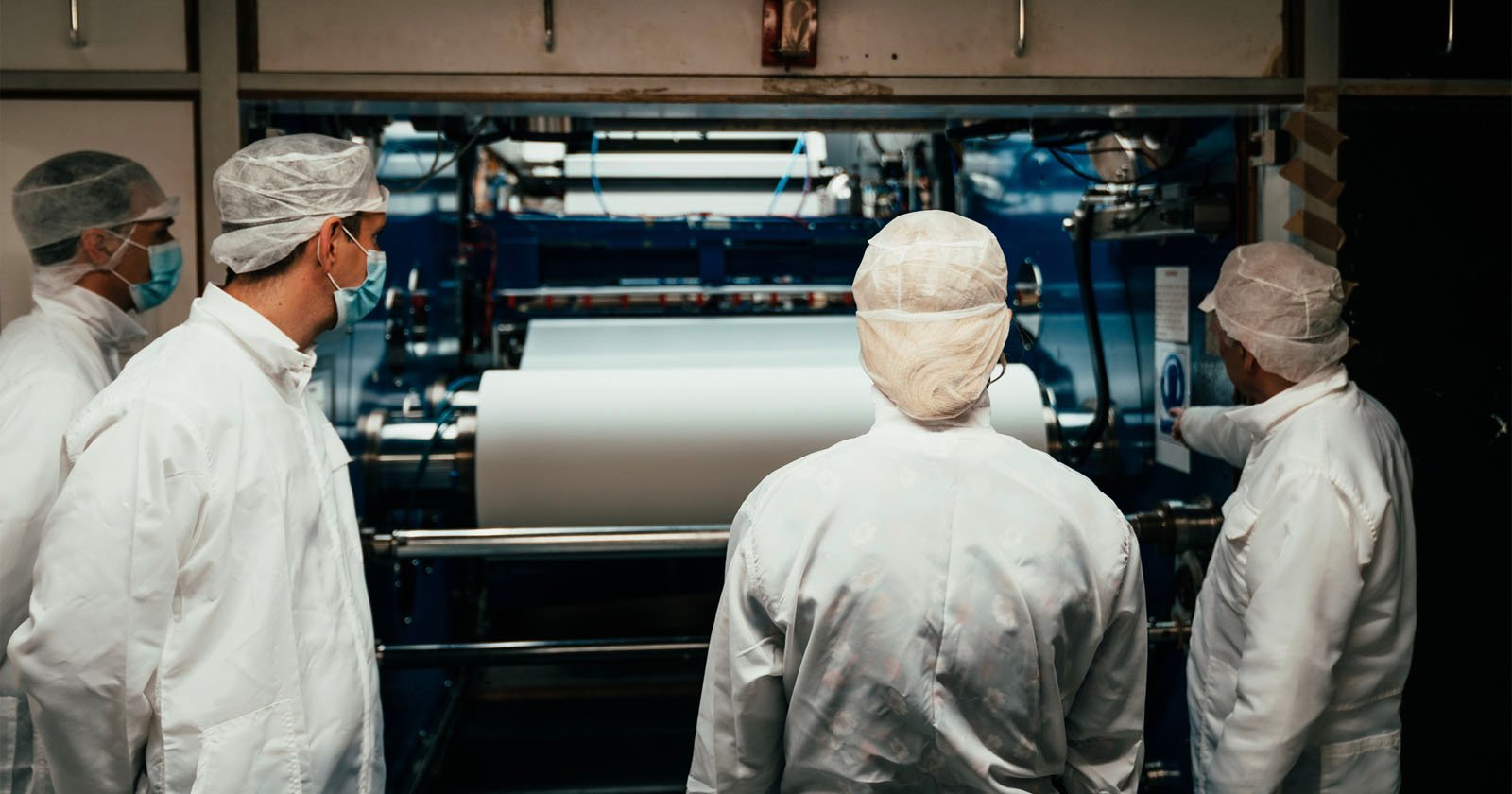
Harman Technologies committed a “multi-million-pound” investment into its film manufacturing capabilities and says it is now one of the largest and “most active” film production, research, and development businesses on the planet.
The company says that it is reaffirming its commitment to the future of analog photography by investing in state-of-the-art custom technology that takes the form of two new converting machines, which are the first to be produced since before the year 2000.
“Film photography is a passion, not just a hobby, for millions of people across the world. Analogue cameras and skills have been passed down through generations, and we’re seeing new people fall in love with film photography every day. However, users have limited choice and manufacturers are battling old machinery and processes, and replacement parts that just don’t exist anymore. We’re taking a huge leap to address that with this investment,” Greg Summers, managing director at Harman Technology, says.
“Our hub in Mobberley is going to become a center of photographic excellence, as we aim to pioneer new ways to manufacture, produce and develop film – both black and white and color. It’s now a better time than ever to push resources into our team and build on the market’s momentum. We’re making sure that we have a wealth of young talent that is ready to take the reins from industry veterans, combining their experience with innovative processes to produce and protect the future of film photography.”
![]()
Harman says that the investment comes after what it describes as the “hugely successful” launch of Harman Phoenix 200, the first-ever color film made entirely from emulsion-to-casette at its Mobberly factory.
The new equipment will more than double the number of film cassettes that Harman can produce every year and was designed from scratch and custom-made for the business. Harman says the new equipment manufactures the metal cassettes that house the film, before “spooling” the 35mm photographic film into the cassettes and boxing them ready to be shipped.
“This type of equipment has not been commissioned by film manufacturers since the 1990s. So, the team has had to start from scratch, designing the equipment from the ground up, introducing modern standards of throughput and automation,” David Jenkinson, Harman’s operations director, says.
![]()
Harman says that further “similar investments” are planned which will complement existing operations and improve capacity and productivity over the next few years.
“The investment will also serve to support businesses in the wider film industry, who rely on Harman to help with manufacturing and distributing their own products,” the company concludes.
Image credits: Harman



